DRIVE (Day 1 - part 1)
It was raining heavily when we started out in the morning and we were worried it was going to be a long, miserable 8-hour drive.

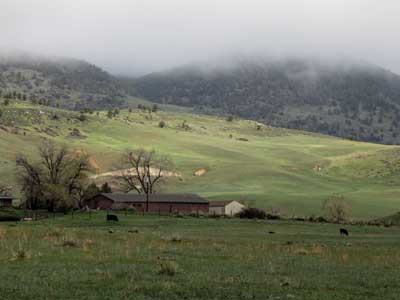
Fortunately by the time we arrived at our first stop about 20 minutes later, the rain had reduced to a light drizzle.
Located just north of Golden, local artist Pat Madison began building a family of four triceratops in March 2020, which were place here the end of that same year. The life-sized dad is the most colorful. There are also two moms and a baby. The angular sculptures, made of stained glass, have a connection to the area's history, since real triceratops once roamed here.
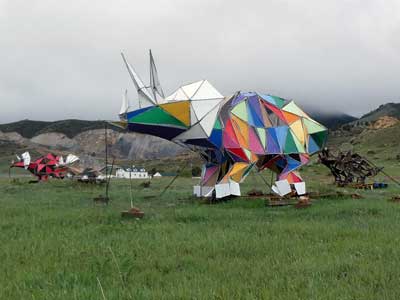







In the distance was also this one, possibly a later addition. It looks similar to one placed on nearby Dinosaur Ridge in 2022. That one was of an Eolambia.
We turned west on I70 and headed into the Rocky Mountains.
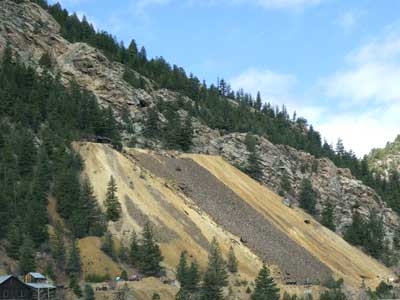

The tailings and ruins of an old mining operation
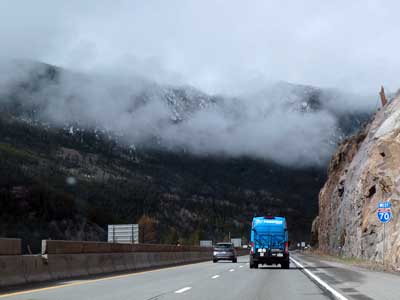
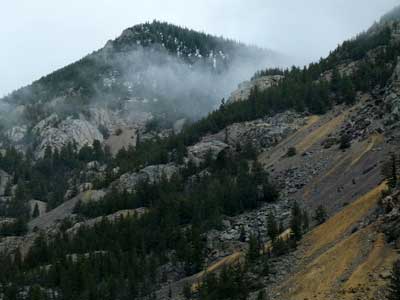
Low clouds played among the peaks.


By time we reached the high country, the weather cleared up, giving us gorgeous views of the magnificent peaks.






Entering the Eisenhower tunnel ... exiting on the other side
The Eisenhower Tunnel (officially the Eisenhower–Johnson Memorial Tunnel) is a dual-bore, four-lane tunnel that crosses the Continental Divide at 11,158 feet, under Loveland Pass. Built from 1968 to 1979, it is the longest mountain tunnel (westbound bore is 1.693 miles, eastbound is 1.697 miles) and highest point on the US Interstate Highway system. The westbound side is named after Dwight D. Eisenhower (the president for whom the Interstate system is also named) and the eastbound one is named for Edwin C. Johnson (a senator who lobbied for an Interstate Highway to be built across Colorado).


(right) ski tracks



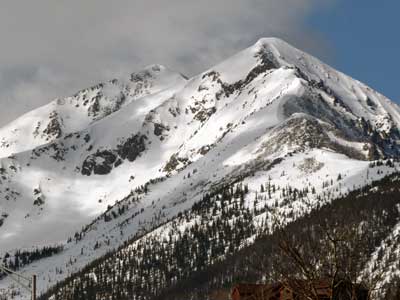
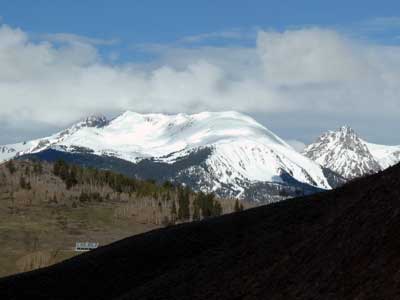

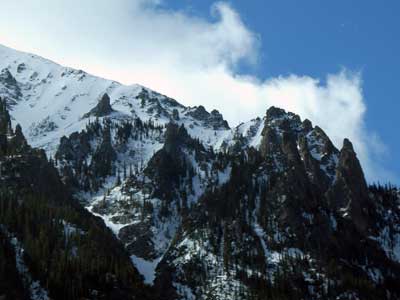






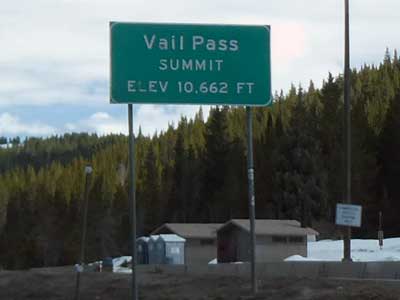
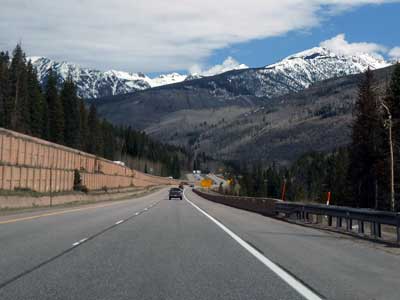
Vail Pass, at 10,662 feet, was named after Charles Vail, a highway engineer and director of the Colorado State Highway Department from 1930 to 1945. The pass has been called one of the most difficult sections of road in Colorado due to its extreme grade, high elevation and dangerous weather conditions. This was not a historic route over the Rockies. That was Shrine Pass, to the south. In 1940, the construction of Highway 6 bypassed Shrine Pass in favor of this current route.
Within a mere half hour, the scenery had changed drastically.


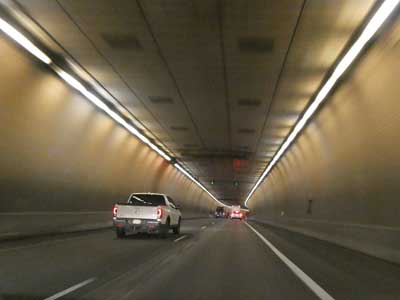
Hanging Lake Tunnel (completed in 1992) is a 4,000-foot-long, dual bore highway tunnel through the southern wall of Glenwood Canyon.


Entering Glenwood Canyon
We had a brief lunch break at No Name Rest Area.



Some free entertainment


A distant view of Glenwood Caverns Adventure Park


A train passes by down in the valley.
return • continue

